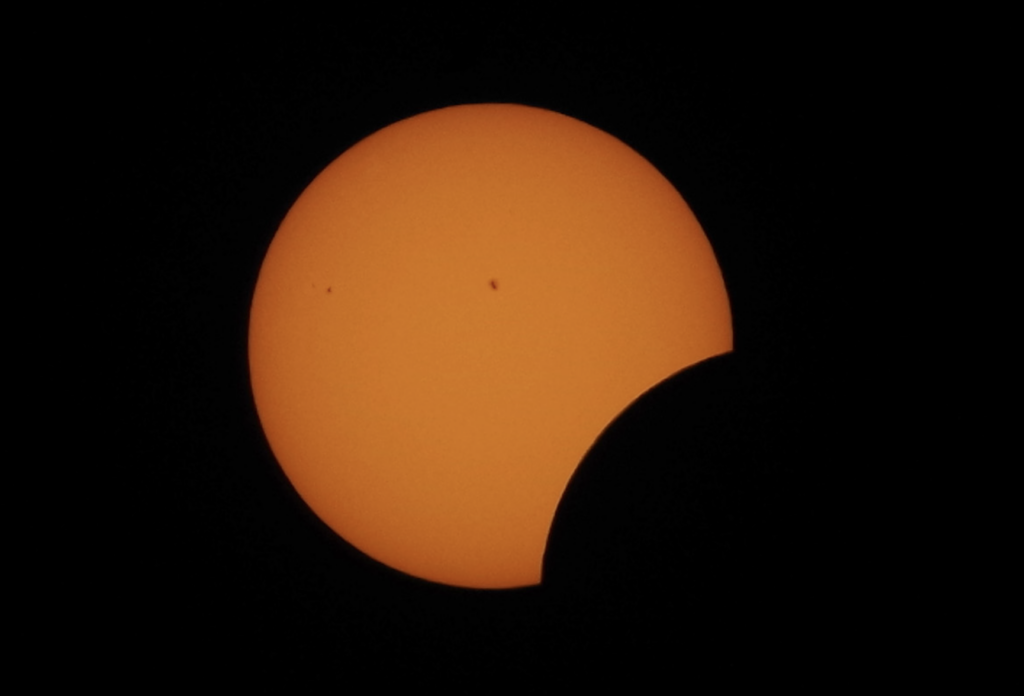Bus and train schedules can disappoint, but eclipses always happen right on time. They offer a glimpse into the great celestial clockwork that ticks away day by day, century by century, usually unnoticed. They show us that, even if our human future is impossible to grasp clearly, the sun, moon and Earth follow a schedule — and in that, one can find some comfort.
We know that a total solar eclipse will be visible from New York City on the morning of July 3 of that year. And we can be a good deal more precise than that: We know that the dark part of the moon’s shadow, called the umbra, will begin to sweep across the city beginning at 10:31:26 A.M., with totality lasting exactly two minutes and 43 seconds (and if we specied some particular spot in New York, we could be even more precise). While Manhattan lies fully within the “path of totality,” the ribbon of land (or sea) where the moon completely covers the sun’s face during a total eclipse, Staten Island straddles the southern edge of the path, and many on the island’s south shore will drive—or y in their hovercars?—to the north shore, to experience a total eclipse rather than a partial one.
Read the full article in Scientific American.
